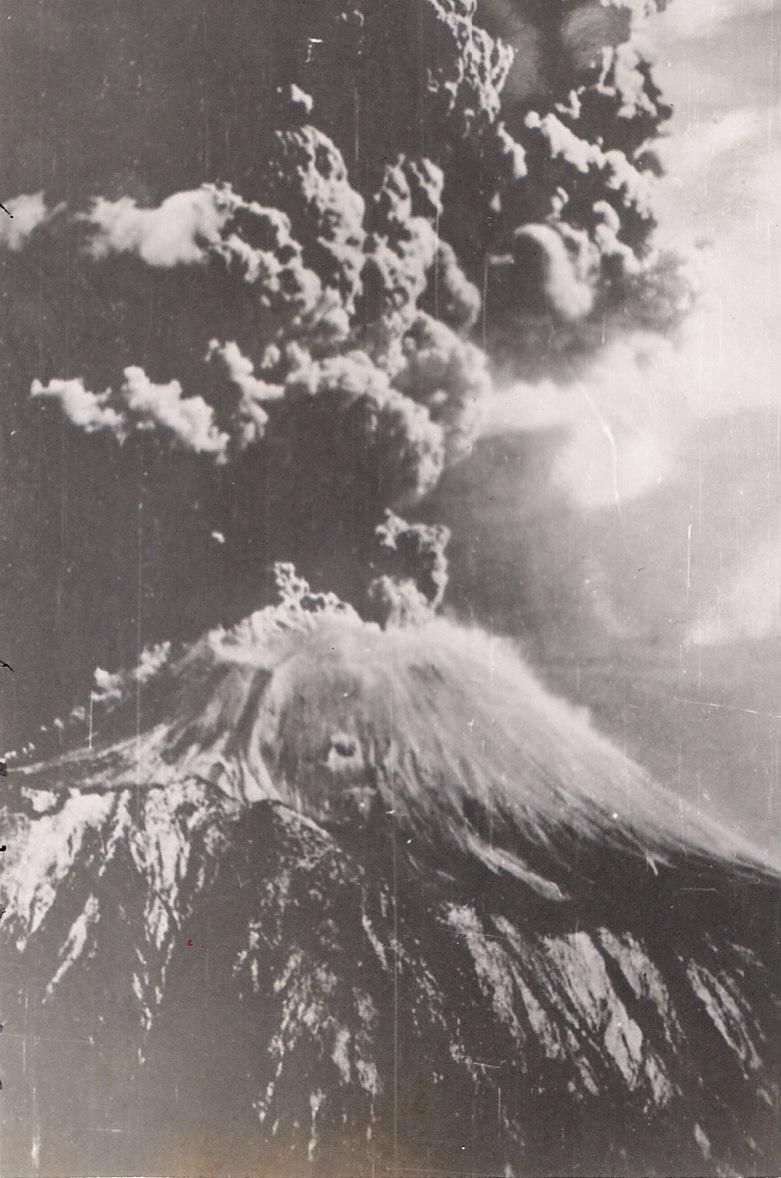Why Archaeologists and Volcanologists Are Clashing Over Excavations at Pompeii
Volcanologist Roberto Scandone argues that enthusiasm for archaeology has yielded an “act of vandalism to volcanology”
/https://tf-cmsv2-smithsonianmag-media.s3.amazonaws.com/filer/8f/ee/8feee2a0-1c3b-402c-a7ff-5e242c88f586/1024px-vesuvius_from_pompeii_hires_version_2_scaled.png)
Since its launch in 2012, the Great Pompeii Project has unearthed finds including mythological frescoes, a “fast food” counter, a preserved horse still in its harness, and a charcoal inscription suggesting Mount Vesuvius erupted in October of 79 A.D.—two months later than has long been believed.
These discoveries have helped archaeologists paint a clearer portrait of life in the ancient Roman city, but as a team of volcanologists argues in the journal Nature, ongoing excavations come at a high cost: namely, the destruction of volcanic deposits that could yield insights on Vesuvius’ future.
“[Archaeologists] seem not to realize that the enthusiasm for archaeology is committing an act of vandalism to volcanology,” Roberto Scandone, a volcanologist at Roma Tre University and co-author of the open letter, tells the Guardian’s Hannah Devlin. “Leaving some of the deposits in place is valuable not only for scientists but also for visitors, who will be able to see … first hand how the volcano destroyed the town.”
According to Newsweek’s Hannah Osborne, Vesuvius is one of the world’s most dangerous volcanoes. Some three million individuals, 600,000 of whom reside in a so-called “red zone,” live in Vesuvius’ shadow, and over the past 2,000 years, the volcano has erupted between 40 to 50 times.
Still, Christopher Kilburn, a volcanologist at University College London and co-author of the letter, says, researchers aren’t wholly concerned about an imminent eruption—it’s been 75 years since the peak’s last spurt of activity, suggesting Vesuvius is currently dormant. Instead, volcanologists hope to maintain their chances of studying pyroclastic flows, or clouds of gas and magma, and volcanic processes evident in the nearly 2,000-year-old deposits. Per the Nature commentary, similar investigations conducted during the 1980s “revolutionized archaeological reconstructions” of the disaster, pinpointing pyroclastic flows, rather than a rainstorm of pumice, as the main culprit in Pompeii residents’ demise.

As Kilburn explains to Devlin, “Today we hope to use the archaeology to understand the details of how real pyroclastic flows sweep around real buildings, in order to improve methods of protecting future populations not only on Vesuvius but at similar volcanoes around the world.”
In a statement provided to Newsweek, Massimo Osanna, general director of the Archaeological Park of Pompeii, notes that an agreement allowing volcanologists to study the area already exists. He adds, “All the excavation activities … were supervised by the volcanologists [from the] University of Naples Federico II, who were able to record the stratigraphy, take samples and construct a damage mapping.”
Speaking with Osborne, Scandone acknowledges the veracity of Osanna’s words but emphasizes the fact that just one volcanologist and his collaborator have been granted access to the site to date. Meanwhile, the deposits are actively being removed, preventing any possibility of future study.
“The archaeologists do not see a problem at all,” Scandone says. “Tension [between volcanologists and archaeologists] is avoided because archaeologists simply ignore the question and believe that the site is their property. Two volcanologists have been permitted to see some of the new sections cut through the deposits, but they have no say in whether the sections can be preserved. Until now, this means that no deposits have been preserved in place."
According to the Nature letter, volcanologists have asked Italy’s minister for culture to leave strategic portions of Vesuvius’ volcanic deposits untouched. This move, the authors argue, would help experts transform Pompeii and its neighboring settlements into a “natural super-museum for generations to come,” but as Scandone tells Newsweek, archaeologists have yet to comply with the request.
“There’s a sense of frustration that volcanology is not being taken terribly seriously,” Kilburn explains to the Guardian’s Devlin. “You go to Pompeii and there’s virtually no mention of the volcano at all.”
Gary Devore, an archaeologist who has previously worked in Pompeii, tells Devlin that researchers are doing their best to “walk that tightrope between slow, meticulous, careful excavation of new rooms … and conserving what they expose as they work.”
He concludes, “I hope both parties [can] cooperate and respect the value of both side’s expertise. Pompeii is big enough.”
/https://tf-cmsv2-smithsonianmag-media.s3.amazonaws.com/accounts/headshot/mellon.png)
/https://tf-cmsv2-smithsonianmag-media.s3.amazonaws.com/accounts/headshot/mellon.png)